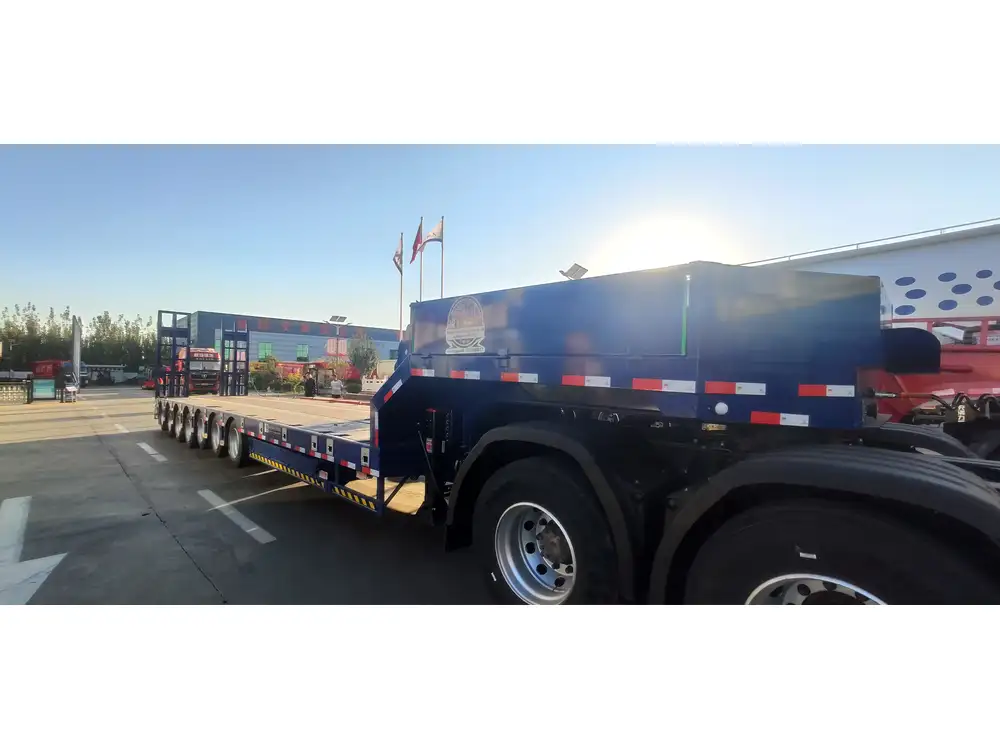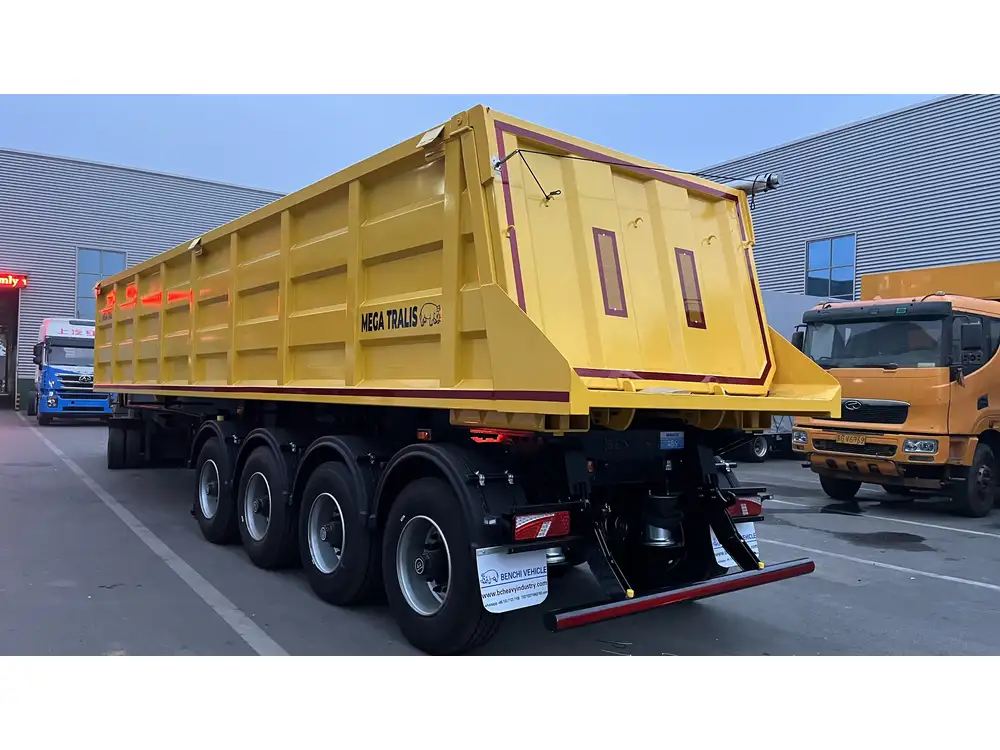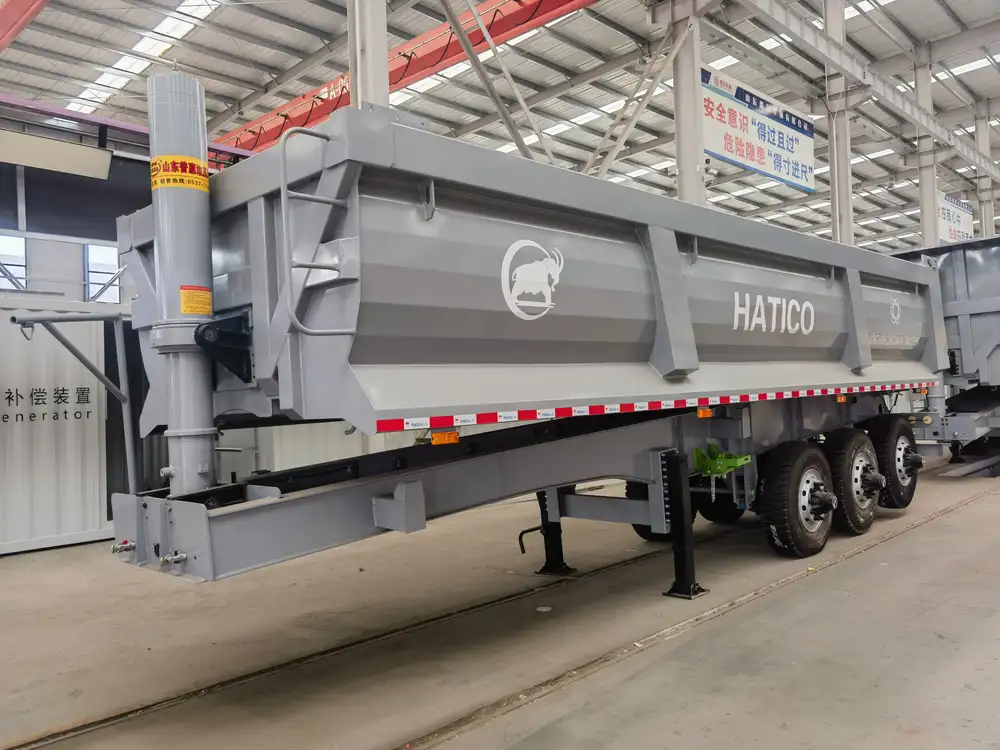Skeletal trailers represent a pivotal component in the transportation sector, especially for those dealing with containerized cargo. In this detailed exploration, we aim to demystify the concept of skeletal trailers, analyze their tactical roles within logistics, compare them with other trailer types, and provide practical insights for manufacturers, buyers, and industry stakeholders. Let’s embark on a thorough examination of the skeletal trailer and its significance in the modern transportation landscape.
What is a Skeletal Trailer?
A skeletal trailer is a specialized type of flatbed trailer designed to transport shipping containers efficiently. Distinguished by its robust frame and minimalistic structure, it typically consists of a central skeletal frame equipped with twist locks, which secure the container during transport. The design focuses on maximizing cargo space while ensuring stability and safety during transit.
Key Features of Skeletal Trailers
| Feature | Description |
|---|---|
| Minimalist Frame | Designed mainly to support container weight, allowing for greater payload flexibility. |
| Twist Locks | Secures containers in position, preventing movement during transit. |
| Lightweight Construction | Constructed from high-strength materials to minimize weight while maintaining durability. |
| Adjustable Axles | Often comes with adjustable axle configurations for varying container sizes (20-foot, 40-foot). |
| Easy Maneuverability | The streamlined design enhances maneuverability in tight spaces, making it ideal for urban deliveries. |

The Role of Skeletal Trailers in Logistics
Skeletal trailers play a crucial role in logistics and transportation operations. They facilitate the seamless movement of containerized freight, which is a significant aspect of global trade.
Advantages of Using Skeletal Trailers
- Cost Efficiency: Their lightweight design allows for more payload, translating to cost savings on fuel and emissions.
- Versatility: Capable of transporting various container sizes, which allows logistical operators to adapt quickly to changing cargo needs.
- Easier Loading and Unloading: The open structure simplifies the loading and unloading processes, speeding up turnaround times at docks and terminals.
Comparison to Other Trailer Types
Understanding how skeletal trailers stack up against other types of trailers is essential for industry decision-makers. Below is a comparative analysis of skeletal trailers, flatbed trailers, and refrigerated trailers.
| Trailer Type | Key Characteristics | Best Suited For |
|---|---|---|
| Skeletal Trailers | Lightweight, minimal structure, container-compatible | Container transport, urban delivery |
| Flatbed Trailers | Open deck, versatile cargo capacity | Construction materials, oversized loads |
| Refrigerated Trailers | Insulated walls, temperature control | Perishable goods, pharmaceuticals |

In-Depth Analysis of Flatbed and Refrigerated Trailers
Flatbed Trailers
Flatbeds offer versatility in the types of cargo they can transport, but they lack the specific fittings for container transportation. They can carry larger or irregular loads, such as construction machinery or bulk materials, which are unsuitable for skeletal trailers.
Refrigerated Trailers
Primarily designed for temperature-sensitive freight, refrigerated trailers focus on maintaining specific conditions. While they serve an important function, they are not engineered for container transport. Thus, businesses that deal primarily in freight that requires controlled temperatures would be better served by refrigerated options.

The Evolution of Skeletal Trailers
To fully grasp the significance of skeletal trailers, it’s useful to look at their evolutionary path within the broader context of transportation needs.
Historical Development
The skeletal trailer emerged in response to the growing demand for containerization in shipping during the late 20th century. With containers revolutionizing freight handling, the skeletal trailer provided a solution that combined efficiency with flexibility in logistics.
Technological Advancements
Innovations like:
- Hydraulic systems for easier maneuvering.
- High-strength alloys reducing structural weight while enhancing durability.
- Smart trailer technology that incorporates IoT for real-time data tracking and management.
These advancements continue to drive the advancement of skeletal trailers, making them integral to modern supply chains.

Regulatory Compliance and Safety Standards
Operating a skeletal trailer requires understanding and adherence to various regulations that ensure safe transport. Key considerations include:
Weight Limits
Adhering to weight limits established by transportation authorities is crucial. Overloading can lead to safety hazards and severe penalties.
Inspection Protocols
Regular inspections ensure that trailers meet safety standards. Components like brakes, axles, and twist locks should be meticulously checked to maintain optimum safety during transport.

Practical Considerations for Manufacturers
For manufacturers of skeletal trailers, several factors must be considered to remain competitive and meet market demands.
Material Selection
Choosing the right materials can significantly affect the trailer’s performance. High-strength steel and aluminum are common due to their strength-to-weight ratio.
Customization Options
Potential buyers often seek customization to suit specific business needs. Offering adjustable axle configurations or specialized twist locks can enhance the attractiveness of skeletal trailers.
| Customization Type | Benefits |
|---|---|
| Adjustable Axles | Adapts to various container sizes |
| Specialized Locking Mechanisms | Increases security and stability during transport |

Sustainability in Manufacturing
With a growing emphasis on sustainability, adopting eco-friendly materials and manufacturing processes will not only appeal to environmentally conscious clients but may also align with emerging industry regulations.
Conclusion: The Future of Skeletal Trailers
As the logistics landscape continues to evolve, skeletal trailers will retain their vital position in container transport, driven by innovation, customization, and sustainability. For manufacturers and logistic providers alike, understanding the intricate dynamics of skeletal trailers is key to seizing opportunities and addressing the challenges posed by an ever-changing marketplace.
In summary, skeletal trailers are not just another trailer type; they are an indispensable asset in the logistical chain, offering unmatched versatility and efficiency for container transport. Adept stakeholders can leverage the insights provided here to make informed decisions regarding design, purchase, and usage, ensuring they remain competitive in today’s fast-paced transportation environment.



